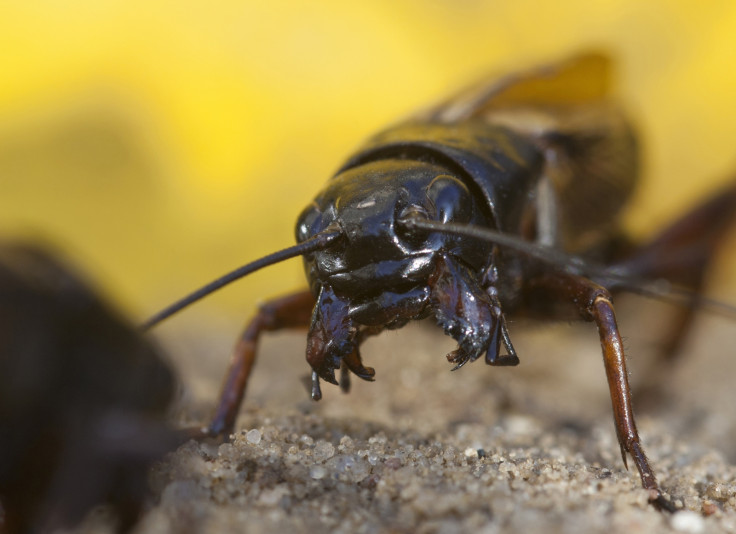Brawling crickets shed light on fight or flight response in humans
The fight or flight response may be controlled by nitric oxide in the brain, with the signalling pathway playing a decisive role in when to run away from an aggressor.
Scientists at Leipzig University and the Free University of Berlin in Germany looked at crickets to see where this behaviour comes from.
Fighting is dangerous for animals, so animals choose to flee once they realise the costs outweigh the benefits. It is observed throughout nature, yet the underlying mechanisms of the decision-making process for this remain unclear.
Researchers manipulated aggressive signalling and applied nitrergic drugs to look at what happens when crickets fight. Their findings are published in the journal Science Advances.
Nitric oxide has a suppressing effect on aggression in mammals. Scientists found that crickets treated with nitric oxide drugs do not fight for as long, or escalate violence, as much as control crickets.
In comparison, crickets treated with nitric oxide suppressing drugs escalate aggression and fight longer.

The authors wrote: "In a series of cricket fighting experiments, Paul Anthony Stevenson and colleagues show that being hit, bumped, bitten or visually threatened activates sensory receptors, which causes neurons to release nitric oxide, and in turn, promotes the tendency to flee from danger.
"We found that crickets, which exhibit spectacular fighting behaviour, flee once the sum of their opponent's aversive actions accrued during fighting exceeds a critical amount."
Findings suggest that the decision to flee from conflict is controlled by nitric oxide involuntarily acting on the nervous system. This suggests insects can make what appear to be complex decisions on whether to fight or flight without requiring a higher cognitive capacity.
They also say this same mechanism could govern the fight or flight response in mammals – the reason for which is still unknown.
However, why nitric oxide promotes the tendency for animals to flee remains a mystery: "We now need to identify specific release sites and targets for NO in the cricket's central nervous system to unravel the neuronal circuitry and molecular mechanisms underlying its role in decision-making and social aggression."
© Copyright IBTimes 2025. All rights reserved.






















